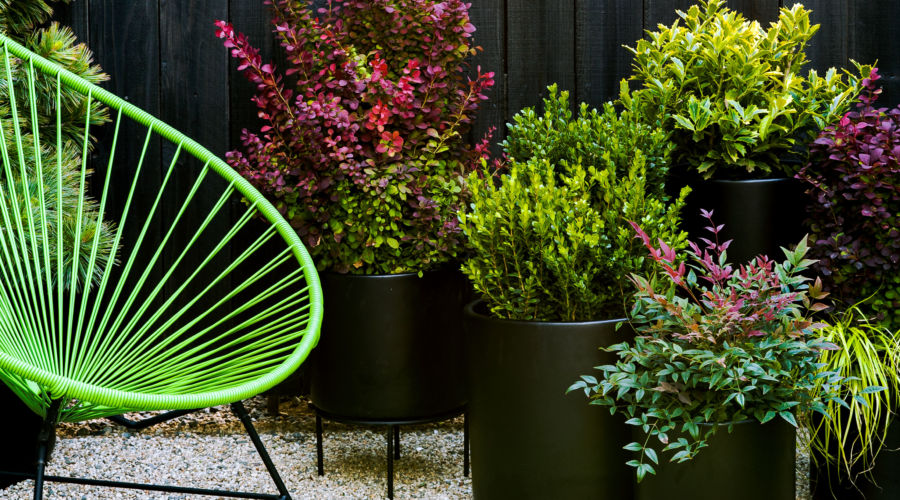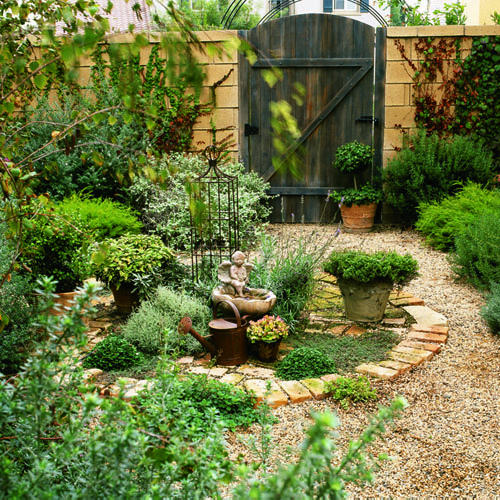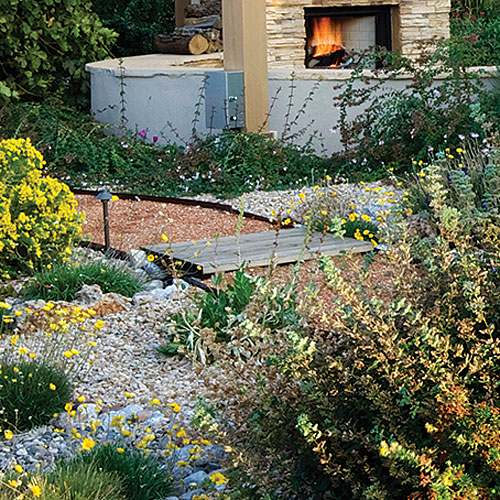
Your Spring Garden Checklist
Peak gardening season is officially upon us. Here’s what to plant, tend, grow, and maintain no matter where you are in the West.
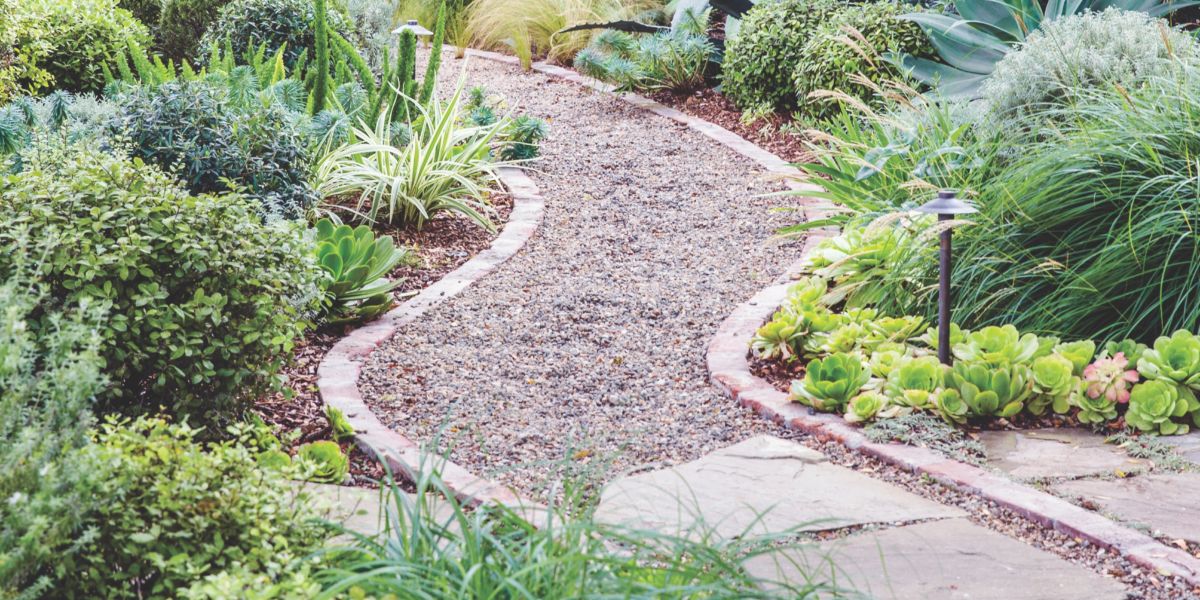
Thomas J. Story
We only recommend things we love. If you buy something through our site, we might earn a commission
What should you be planting now? How should you protect your new spring shoots? Is there really anything you can do about pests? All this and more is covered in our region-by-region spring gardening checklist.
General Spring Gardening Tips
Rocky Mountain Region
Northern California
Northwest
Southern California
Southwest
All Regions
Plant
Place a big pot of basil right outside the kitchen door for convenient picking.
Site heat-loving vegetables carefully. All need full sun. Put tall growers (pole beans, corn, tomatoes, etc.) on the north side of shorter varieties (such as cucumber, eggplants, melons, peppers, and squash) so they won’t shade them out.
Maintain
Before they set seed, till in any cover crops you planted in your vegetable garden last fall.
Learn to vermicompost (wormbox compost). Boxes are easy to make and maintain, and the finished product—castings—serves as fertilizer for your garden. Learn more at calrecycle.ca.gov.
For easiest removal, hoe weeds in early morning the day after watering.
Protect
Harden off nursery plants that were grown indoors by placing them in a protected area, such as a covered patio, for a week or two. Cover with an old sheet at night to help them acclimate to the outdoors.
Fill a glazed pot saucer at least 12 inches wide and 2 inches deep with water. Place it under a shrub or tree to protect birds from predators.
Carefully collect and destroy all foliage affected by peach leaf curl or other maladies. Don’t compost these leaves or use them as mulch, as this will spread disease.
Check for birds’ nests before pruning shrubs and trees; leave them alone until eggs have hatched and baby birds are out of the nest.
Use plastic baskets from cherry tomatoes or strawberries to protect newly sprouted seedlings from birds. By the time the seedlings have grown tall enough to reach through the tops of the baskets, they are no longer as tender as the birds prefer.
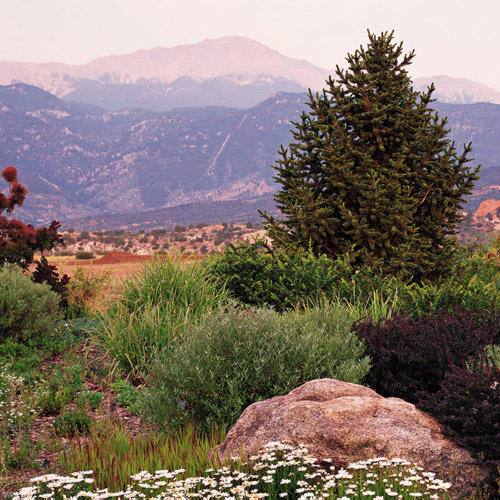
Rocky Mountains
Plant
Oriental and trumpet lilies brighten the night with blooms that glow in the dark, perfume the air, and attract pollinating moths. White selections like ‘Black Dragon,’ ‘Casa Blanca,’ ‘Proud Bride,’ and ‘Serene Angel’ stand out in dim light. Place in pots or fertile beds in full sun or partial shade.
Attract pollinators to the yard by planting a variety of perennial flowers. Favorites include aster, coreopsis, false indigo, Mexican hat, penstemon, purple coneflower, rudbeckia, and yarrow.
Start seeds of Idaho fescue (Festuca idahoensis), a tufted bunchgrass that’s perfect for dry meadows and rock gardens. Available from seedstrust.com.
Grow potatoes in Smart Pot fabric containers (smartpots.com) one-third full of potting soil amended with a balanced fertilizer. Cut seed potatoes into pieces (ensure each has two eyes) and bury 2 inches deep. As stems grow, gradually add more soil until the bag is full. Keep evenly moist but not soggy, and spray with liquid kelp every two weeks until flowers appear.
Maintain
Aerate your lawn, leaving the plugs in place to decompose.
Prune roses by cutting canes to just above a fat green bud that faces outward.
Water and turn your compost pile every time you add 2 to 3 inches of material.
Pull seedlings of Canada thistle, a tenacious weed, before it gets established. Watch for rosettes with sharp spines that pop up over winter. Dig them out, using care to get the entire taproot, which can regrow if broken off.
Protect
Hang yellow jacket traps in out of-the-way places to attract queens as they emerge from winter hibernation—before they build new nests.
If rabbits are eating your flowers, try growing blooms they don’t like, including catmint, penstemon, prairie zinnia, purple prairie clover, sedum, and yarrow. These flowers are also drought-tolerant.
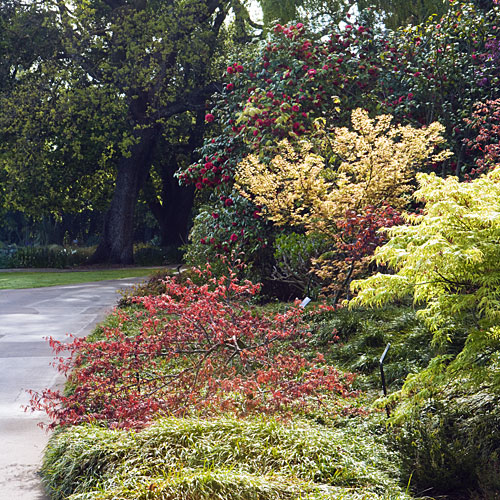
Northern California
Plant
Start cosmos, sunflower, and zinnia from seed. All are easy to grow, make nice cut flowers, and attract beneficial insects.
Plant tomatoes outside once daytime and nighttime temperatures stay above 55°.
Early in April, sow seeds of cool season veggies such as carrots, radishes, spinach, and Swiss chard. Late in the month, sow seeds of warm-season crops such as beans, corn, and squash.
Soften rock walls by planting creeping thyme, nasturtium, and sedum in spaces between the stones. Push a handful of soil into each space, then tuck in plants.
Harvest
Establish a twice-weekly harvest schedule to keep herbs and vegetables growing vigorously. Pick pea pods as soon as they’re plump; pull radishes from the ground as they fatten up; and regularly pinch leaves off basil, mint, and parsley.
Maintain
Mow the lawn when it’s dry, setting your mower at ¾ inch for Bermuda grass and 2 inches for fescues; leave clippings where they fall to fertilize the lawn.
Fertilize tomato plants weekly with a diluted solution of organic fish emulsion.
Thin out clusters of marble-size fruit on apple, apricot, nectarine, and peach trees. Gently twist them off, leaving 4 to 6 inches.
Collect seeds from annual flowers that have finished blooming, such as bachelor’s button, chamomile, cosmos, love-in-a-mist, nasturtium, and sweet peas. Allow them to dry, stash in labeled envelopes, and sow next fall.
Protect
Keep deer out of the garden by adding plants they ignore, such as Erigeron karvinskianus, ‘Moonshine’ yarrow, Russian sage (Perovskia), santolina, and Spanish and English lavender.
